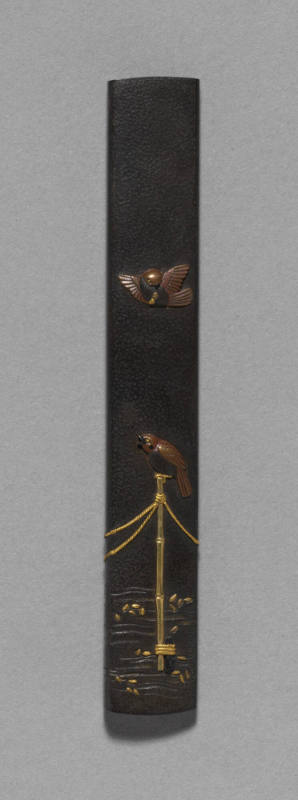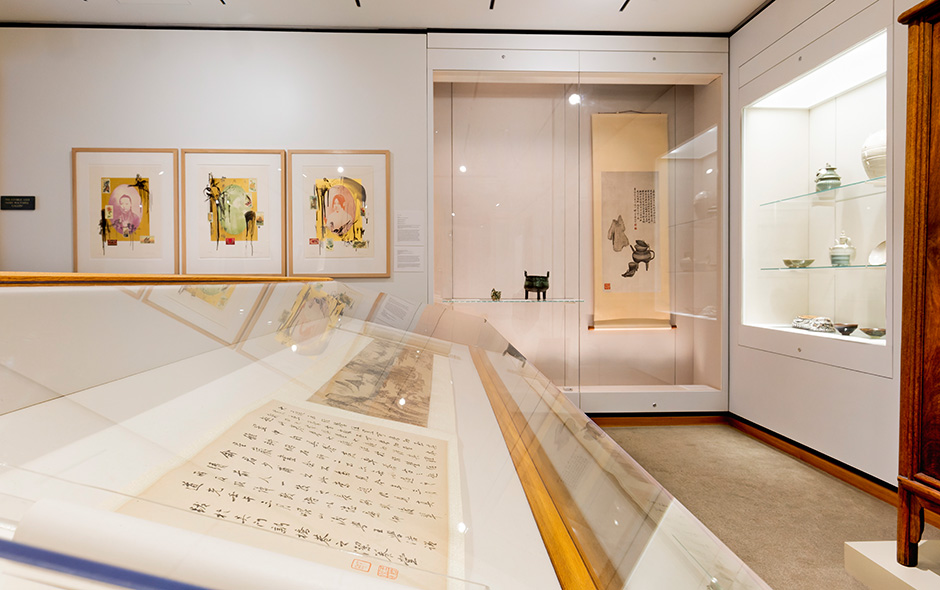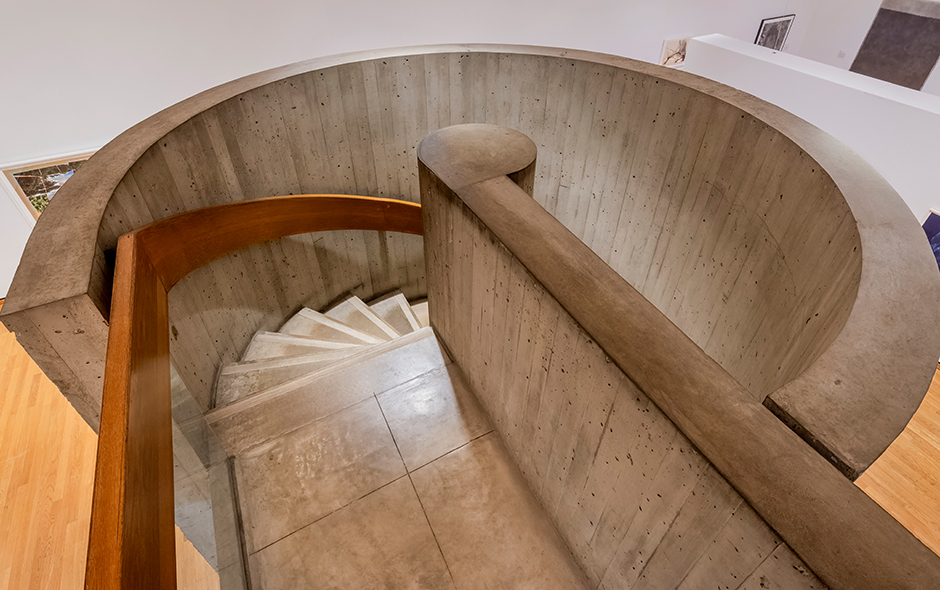

Object Details
Artist
Masahide, Nomura
Date
ca. 1800
Medium
Shibuichi with gold and copper inlay
Dimensions
3 3/4 × 1/2 × 1/8 inches (9.5 × 1.3 × 0.3 cm)
Credit Line
Gift of Dr. Henry D. Rosin and Nancy Rosin
Object
Number
79.094.009
BRIEF DESCRIPTIONThis small item is the handle for a utility knife (kogatana) that is often attached(…)
BRIEF DESCRIPTIONThis small item is the handle for a utility knife (kogatana) that is often attached to the scabbard of a samurai sword.WHERE WAS IT MADE?This object was made in Japan during the Edo period (1615-1868).HOW WAS IT MADE?This handle was handcrafted from a material known as shibuichi, an alloy of copper and silver that has a light or dark grey patina. Fine gold and copper designs have been set, or inlaid, into the shibuichi. These designs were hammered into shape and then finely worked with chisels to achieve their realistic forms.Notice the textured surface of the shibuichi. Small punches and other sharp tools were used to impart different textures to the surface of the metal. HOW WAS IT USED?The kozuka was a decorative hilt for a small utility blade. During the Edo period, it was one of a number of sword accessories that were the focus of fine craftsmanship and the appreciative sensibilities of collectors. Well-crafted, beautiful accessories reflected the prestige and good tastes of their owners.WHY DOES IT LOOK LIKE THIS?Notice the two birds that decorate the kozuka. They look like plovers, a type of wading bird. One is perched on a shoot of bamboo. Oftentimes the sword fittings for a particular sword were united by a common theme; in this case, that theme may have been plovers.












